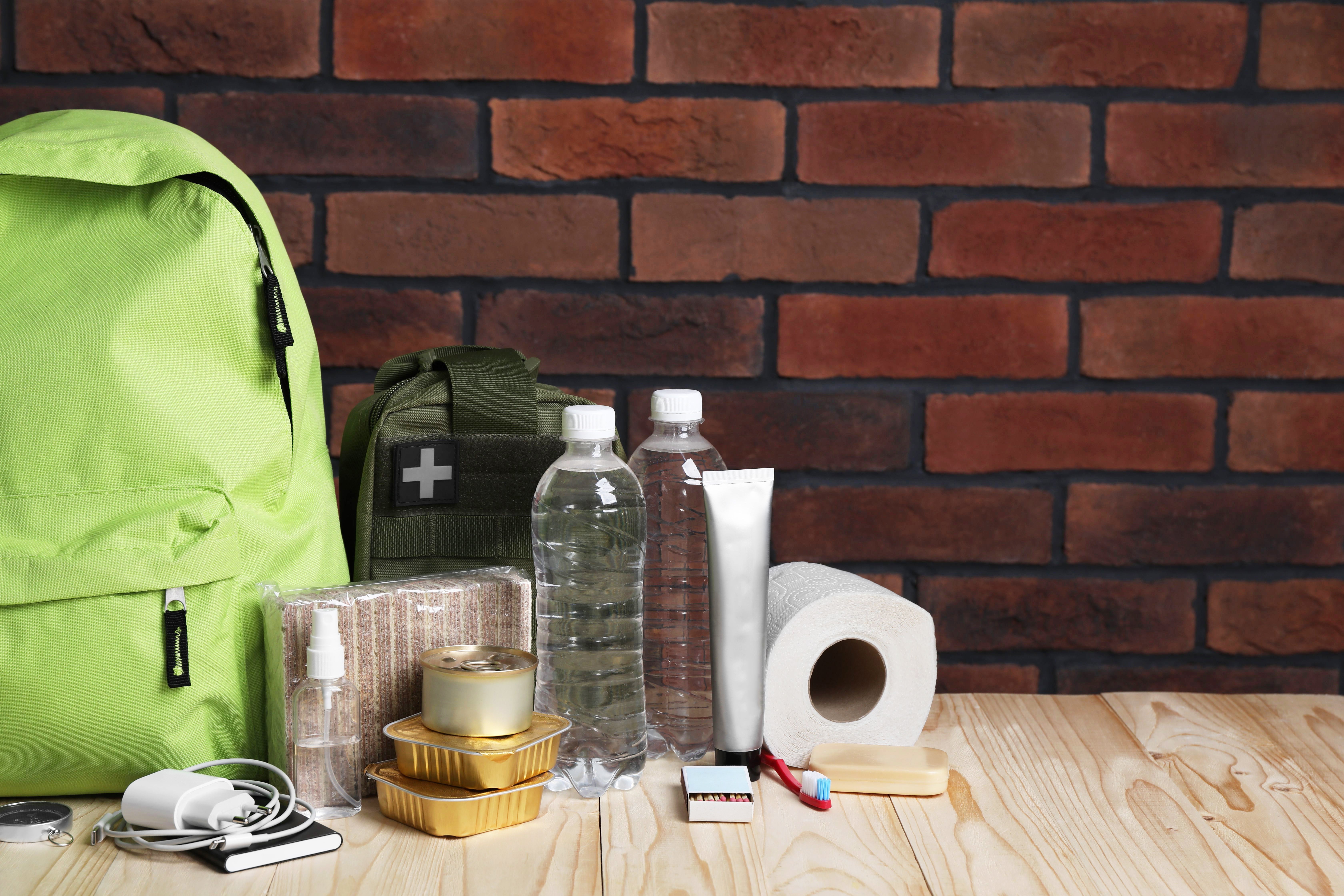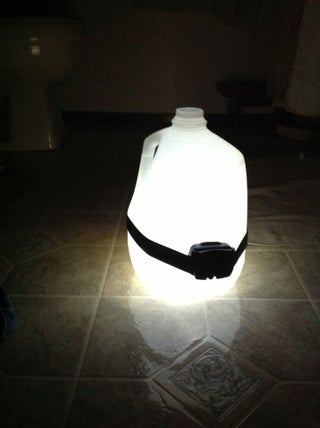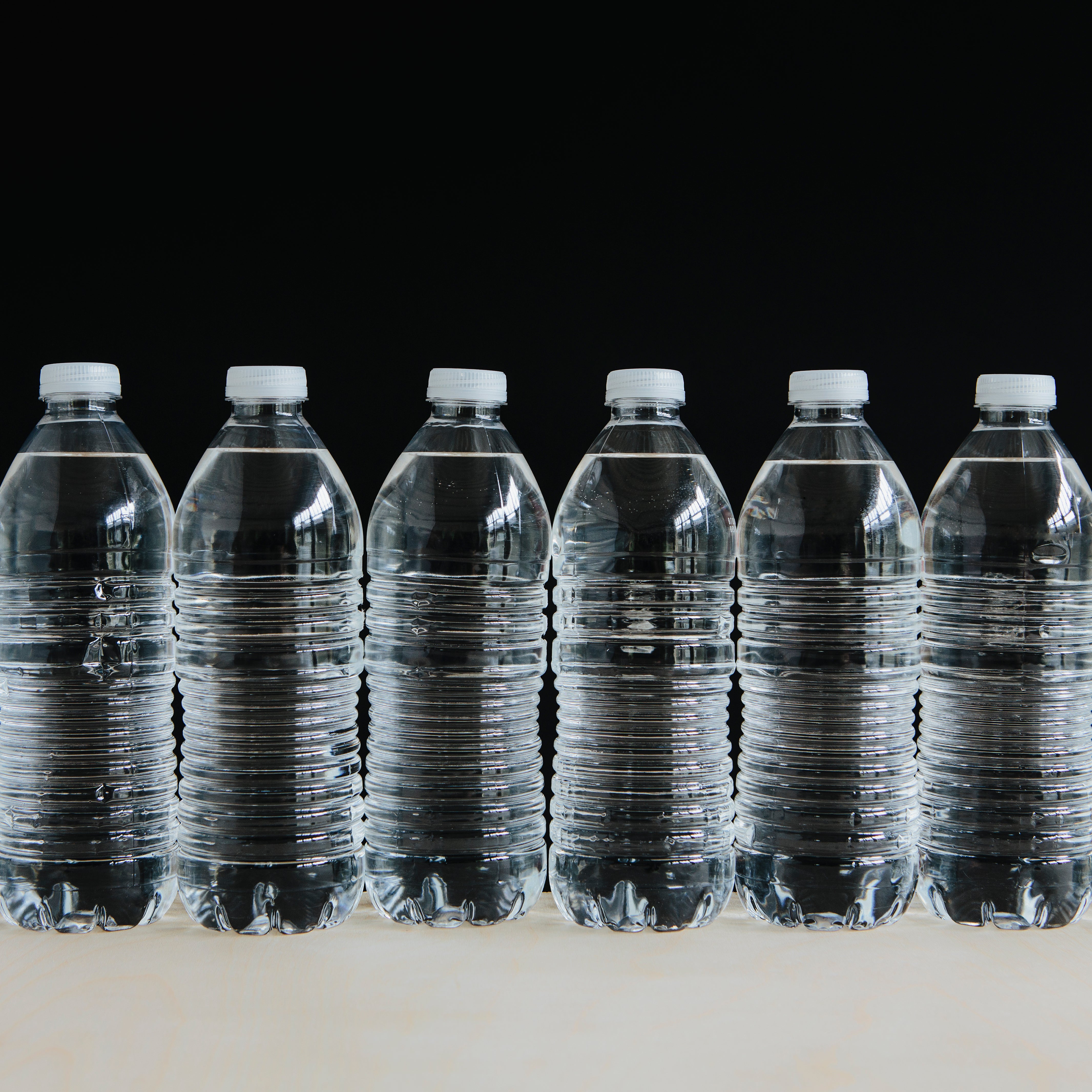Now is the time to prepare for a power outage. Storms and natural disasters can come when you least expect them. Whether or not you live in a disaster zone, it's important that you and your family have a plan for what to do when a power outage occurs.

When the lights go out, the last thing you want to do is scramble for supplies. Beforehand, assemble everything you might need in one container, and store it in a location that's easy to access. Make sure everyone in the household knows where it is.
Commonly stocked things are:
•Water: 1 gallon per person per day
•Non-perishable food and can opener
• Flashlights and batteries
•Battery-powered or hand-crank radio
•First aid kit
•Medications
•Multi-purpose tool
•Sanitation and hygeine items
•Copies of personal documents
•Cell phone and chargers
•Matches
•Duct tape
•Hand warmers

•Each person should have his or her own flashlight. Keep extra batteries on hand.
•Glow sticks probably won't give you enough light to get anything done, but they might help you count the kids.
•Candles are discouraged since they are a fire hazard, but in a pinch, you can make your own candles from crayons or oil in a can with a piece of string for a wick. That includes a big ol' can of Crisco. Whether your candle is make-shift or store-bought, make sure to keep it on a non-combustible surface and keep an eye on it.
•Put your headlamp inside out on a jug of water. This creates a nice glowing lamp that more evenly blankets a room in lighting compared to the single jarring beam of a flashlight.

A power outage doesn't necessarily mean your water goes off, but if it's cold out, your pipes could freeze. Store as much fresh water as you can in advance.
If you have a way to heat the water, it's advised to drink warm fluids to keep your body warmer.
It's generally safe to drink freshly melted snow, but to be on the safe side, any questionable water source should be boiled for 10 minutes to kill any micro-organisms and germs.
If you can't boil it, you can use bleach as a disinfectant. Add 2 drops to each quart of water, or 6 drops to a gallon. You can double that amount if the water is cloudy, colored, or very cold. Stir and let stand for 30 minutes. Sniff the water, and if there is no light chlorine odor, add the drops again and give it another 15 minutes. If the chlorine is too strong, pour it back and forth between clean containers to get the chlorine to release into the air, or let it stand a few hours.
There are several water filtration options on the market, and you can make your own if you plan ahead far enough. You'll need a couple of containers, clean cotton, coffee filters, charcoal, sand, and gravel.

It's best to have several packaged snacks that can be easily opened without electricity. Be sure to stock stuff you actually like to eat. Even non-perishables have a shelf life, so you'll want to replace your stash periodically, and you can eat the stuff you are replacing.
Less Perishable Items
•Water--If there is any chance you will lose water, fill as many containers as you can store.
•Breads, tortillas, buns, crackers
•Canned beans and lentils
•Canned fruit and vegetables
•Peanut butter
•Milk that is sold on shelves and not in the cooler section, such as soy milk or powdered milk
•Cereal
•Anything that comes in a pouch and needs only a minute or two in the microwave. If it says pre-cooked or ready to eat, you can eat it cold in a pinch.
•Snack bars, granola, protein bars
You'll notice some of the foods in the graphic might require additional considerations. How will you get the beans open? It's a good idea to throw in a manual can opener. Other items require cooking. Eating uncooked rice would be bad in many ways. Do you have an alternative cooker? Are you a survival junkie who has built a solar oven or rocket stove? Is the weather too harsh, or could you fire up the gas grill? Do you have a can of sterno and can you use it safely? Do you have a gas stove? If so, keep a lighter on hand in case the ignition is electric.
Depending on how long the power is out, you'll have to consider what was ruined in your fridge or freezer. Try to open those appliances as little as possible. Keep food in the freezer packed somewhat full so it retains the cold better. Add bottles of water ahead of time to fill space and provide additional ice to keep things cold longer. Freeze any meats and leftovers you can. If they stay partially frozen you can cook and eat them as if they were refrigerated the whole time.
A handy tip is to place a coin on top of a cup of ice. When the power comes back on, see if the coin is still on top or has sunk to the bottom. This is a clue as to whether they food in the freezer thawed too much and will have to be disposed of.
There are things that we might keep in the fridge that you don't absolutely have to, and those should be fine. This may include most condiments, butter, fresh fruits and vegetables, baked items and hard cheeses. The USDA has a comprehensive list of what items are safe and what needs tossed.

•Close off unused rooms
•Stay together in a closed room with fewer windows on the south side of the house, away from cold north winds and to get the most sunlight. You can set up a tent in there to reduce the space to keep warm even further.
•Cover drafty windows with plastic
•Close blinds and curtains at night. Open during the day if it will let in sunshine.
•Block drafts under doors and windows with towels.
•Use candles, fireplaces and generators if it can be done safely.
•Wear layers. A hat that covers your ears makes a big difference. Start with spandex, then cotton, then wool.
•Use hand warmers.
•Exercise a little bit.
•Drink warm liquids if you have a way to heat them.
•Pile on the blankets. Better yet, use sleeping bags.
